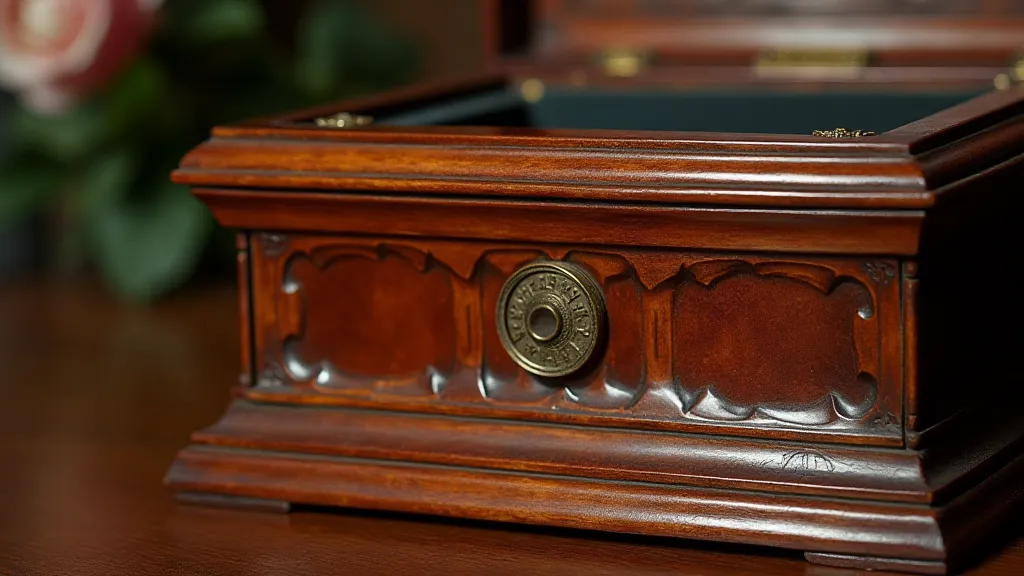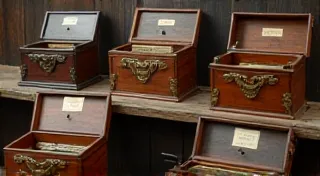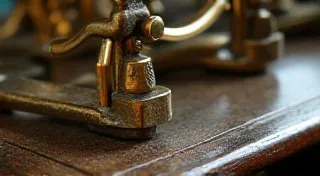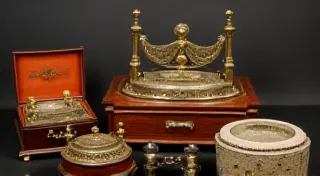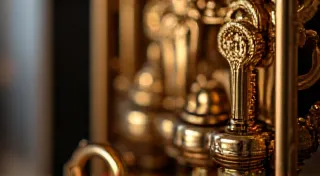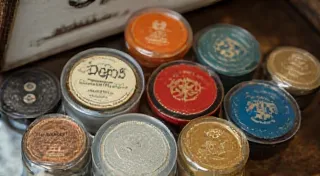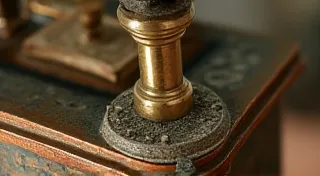The Importance of Preserving Antique Music Box Cases
Antique music boxes are remarkable artifacts, captivating with their delicate movements and enchanting melodies. While the musical mechanism is undeniably the heart of these treasures, the beauty and value of a music box are inextricably linked to the condition of its case. Preserving the case isn’t just about aesthetics; it's about maintaining the historical integrity and overall value of the music box. This article explores why preserving the case is so vital and offers guidance on how to care for and restore it.
Why Case Preservation Matters
The case of an antique music box serves multiple purposes. It provides protection for the intricate internal workings, contributes significantly to the visual appeal, and provides clues about the music box’s age, origin, and even its original owner. A damaged or neglected case can detract significantly from the music box's overall appeal and diminish its monetary value. Furthermore, a well-maintained case demonstrates a respect for the history and craftsmanship involved in the music box’s creation.
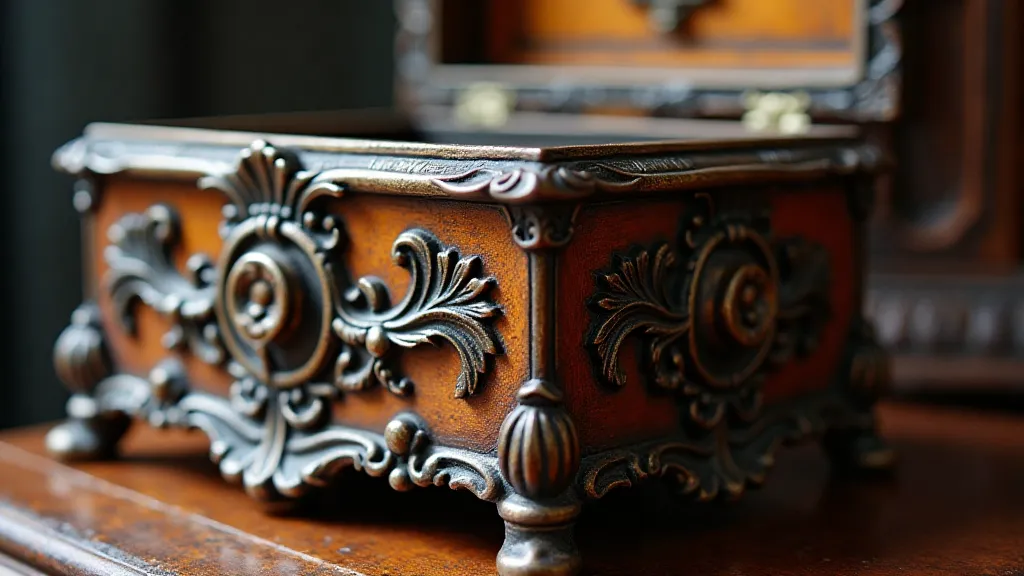
Cleaning and Basic Care
Regular cleaning is a crucial first step in preserving an antique music box case. Dust accumulation can damage the finish over time. Use a soft, dry cloth to gently remove surface dust. Avoid harsh chemicals or abrasive cleaners, which can strip the original finish.
For more stubborn grime, a very lightly dampened cloth (with distilled water only) can be used, but be extremely cautious. Always test on an inconspicuous area first. Dry the case immediately after cleaning. Avoid exposing the music box to direct sunlight or extreme humidity, as these can cause warping and cracking.
Addressing Common Case Damage
Antique music box cases often exhibit damage accumulated over decades. Here’s a look at some common issues and potential solutions:
- Scratches: Minor scratches can sometimes be minimized with specialized furniture polish designed for antiques. Deeper scratches may require professional refinishing.
- Cracks: Smaller cracks can sometimes be stabilized with a thin layer of wood glue, carefully applied and clamped until dry. Significant cracks necessitate expert repair.
- Chips and Missing Pieces: These are often the most challenging to repair. A skilled restorer can often recreate missing pieces using similar wood or materials and blend them seamlessly with the existing case.
- Discoloration & Patina: While patina is often a sign of age and can be desirable, excessive discoloration might be caused by environmental factors. Carefully consider the aesthetic impact; often, it's best to preserve the existing patina rather than attempting a full refinish.
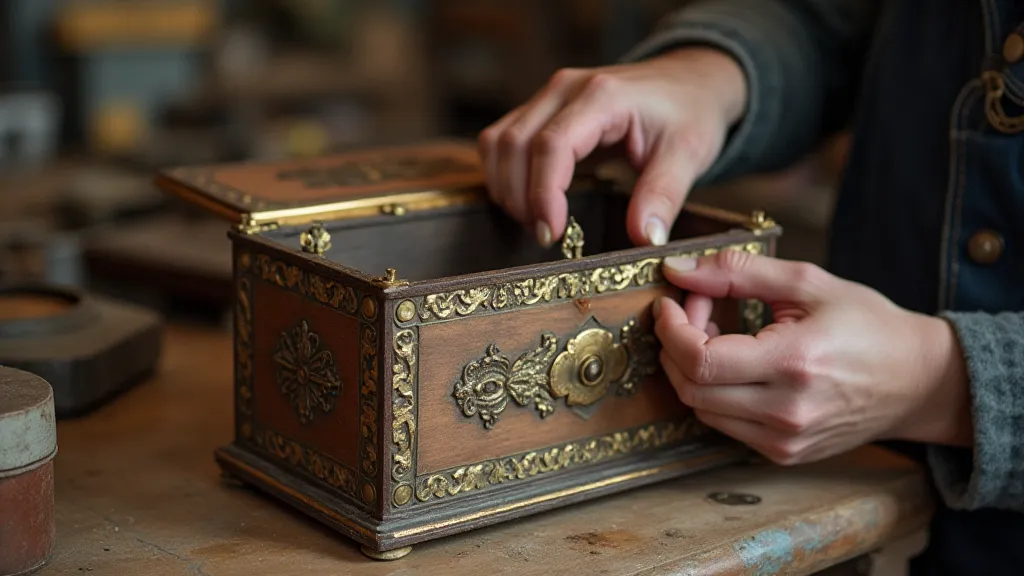
Refinishing: A Last Resort
Refinishing an antique music box case is a drastic measure and should only be considered as a last resort. It completely removes the original finish, erasing a significant part of the music box's history. If refinishing is deemed necessary, it’s essential to use materials and techniques that are appropriate for the age and style of the music box. This work should be entrusted to a qualified and experienced antique restorer.
Preserving the Original Finish
Whenever possible, strive to preserve the original finish. Regular, gentle care is the best preventative measure. By understanding the importance of the case and implementing appropriate care and restoration techniques, you can help ensure that these beautiful and enchanting pieces continue to delight for generations to come.
